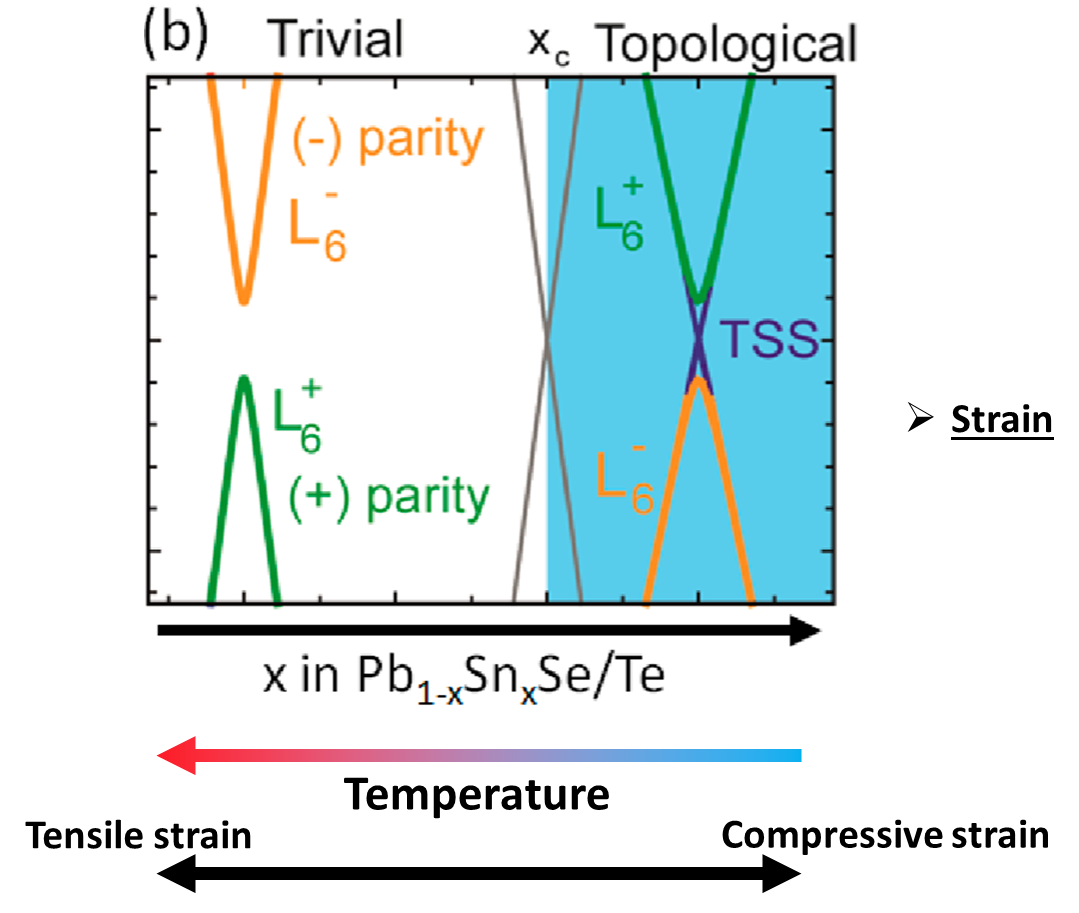
Topological insulators (TI) are insulators that present conductive states at interfaces, protected from dissipation by certain symmetries of the system. We are concentrating on the lead-salt materials (PbSnSe/Te) that are topological crystalline insulators (TCI). These provide a versatile template for tuning the topology by means such as strain, interface state hybridization or magnetic fields that are not possible in conventional TIs. We bring a multilevel approach that permits us to determine and engineer the electronic structure and topology of the bands using infrared magneto-spectroscopy combined with k.p theory. Since 2019, we have achieved an extensive know-how of high quality growth of Pb(Sn)Se/PbEuSe based quantum well systems. This has led to i) the demonstration of topological minibands in artificial superlattices, revealing that these minibands emerge from the hybridization of topological interface states ii) the first experimental construction of the phase diagram of topological quantum wells, providing a new quasi-three-dimensional topological state that offers new perspectives for obtaining and controlling dissipation-less spin; and iii) The first spectroscopic evidence of a relativistic Volkov-Pankratov spectrum in a smooth topologically trivial to nontrivial heterojunction, bringing clear evidence of both Dirac and Weyl fermions appearing simultaneously at a single interface.










